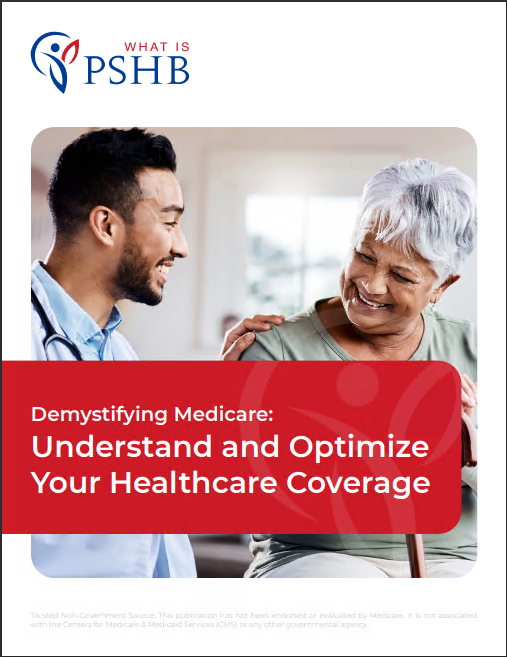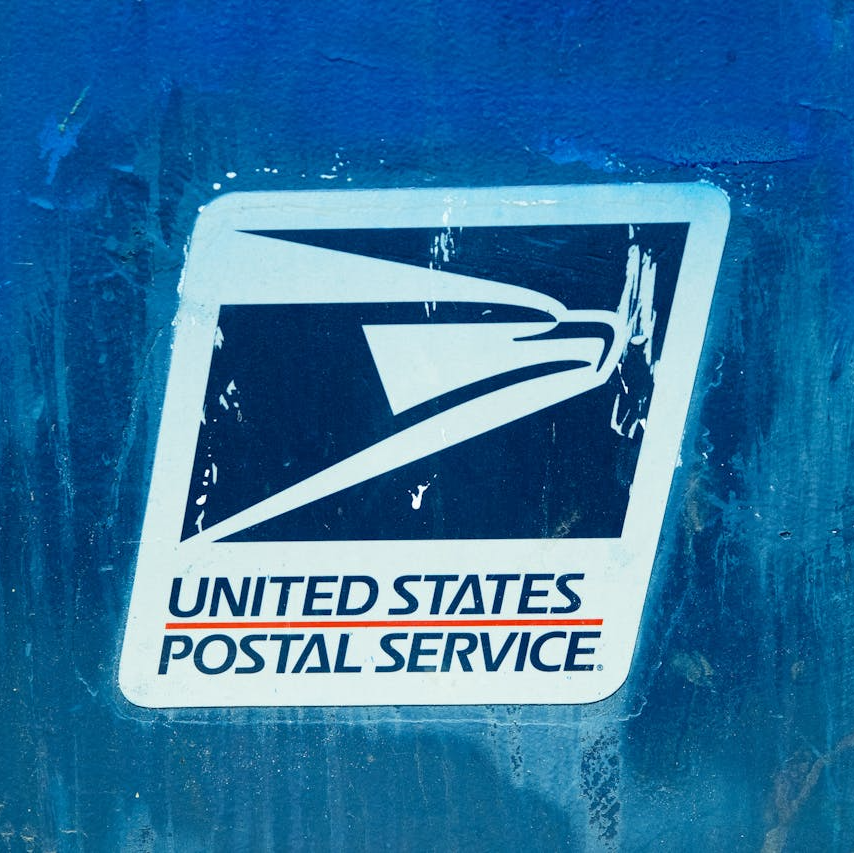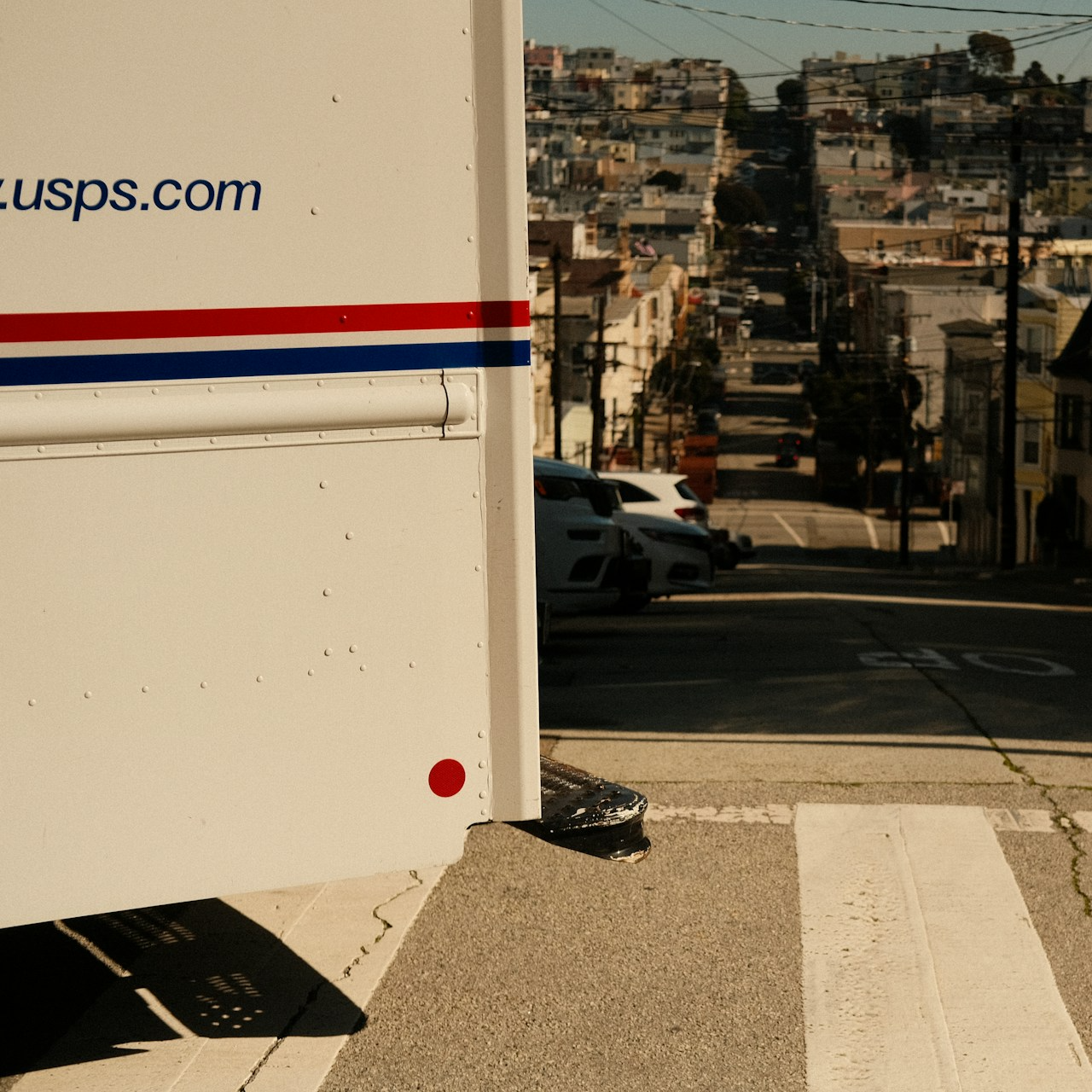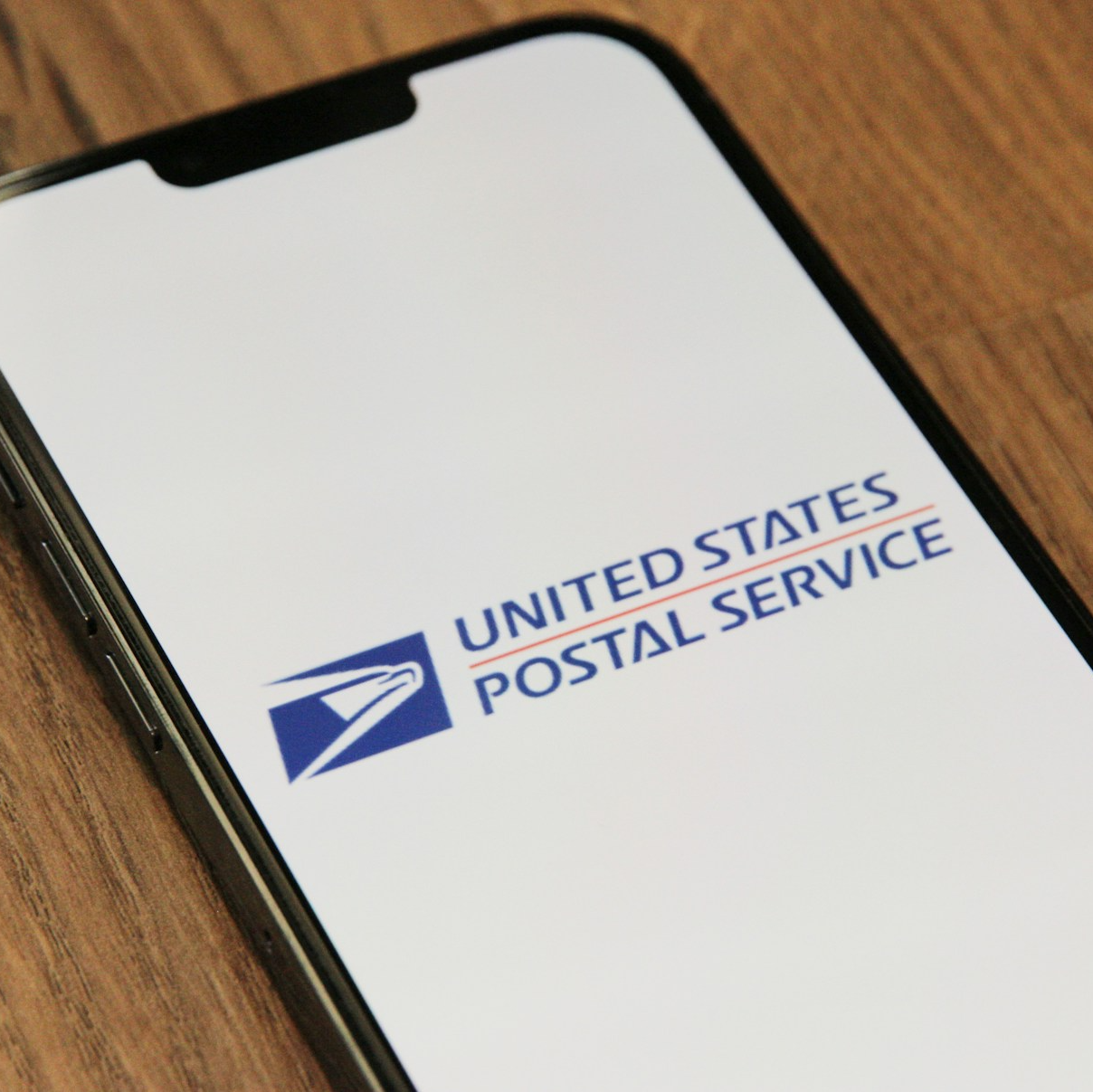Key Takeaways
- Missing critical PSHB enrollment deadlines can lead to gaps in healthcare coverage, so it’s essential to plan ahead.
- Knowing the specific timelines for different enrollment periods helps ensure continuous access to necessary health benefits.
Mark Your Calendar: The Crucial Deadlines You Can’t Miss for PSHB Enrollment
The Postal Service Health Benefits (PSHB) program represents a significant shift for federal postal employees and retirees, who will transition from the Federal Employees Health Benefits (FEHB) program to the PSHB program starting January 1, 2025. This transition is mandated by the Postal Service Reform Act of 2022, and it underscores the importance of understanding and adhering to the upcoming enrollment deadlines. Failing to enroll on time could result in coverage gaps or unexpected costs, making it crucial to be fully prepared for the 2024 enrollment period.
Understanding the PSHB Program
The PSHB program is tailored to meet the healthcare needs of U.S. Postal Service employees, retirees, and their eligible family members. As part of the broader Federal Employees Health Benefits framework, PSHB provides similar coverage options but with specific provisions designed for postal workers. Unlike the FEHB program, which has served federal employees across different agencies, the PSHB will exclusively serve postal employees and retirees.
This change is driven by the need to create a more sustainable and specialized healthcare system for postal workers. The PSHB is expected to offer a range of plan options, each designed to cater to different healthcare needs. Understanding these options and the deadlines associated with them is critical to ensuring uninterrupted healthcare coverage.
Key Enrollment Periods and Their Deadlines
1. Open Season Enrollment Period: November 11 – December 9, 2024
The Open Season enrollment period is the most critical time for postal employees and retirees to make decisions about their healthcare coverage under the new PSHB program. During this period, which runs from November 11 to December 9, 2024, you can enroll in a PSHB plan, change your current plan, or cancel your coverage entirely. It is during this window that you have the opportunity to assess your healthcare needs and choose the plan that best suits your situation.
If you do not take action during the Open Season, you will be automatically enrolled in a PSHB plan that is deemed most similar to your current FEHB plan. While automatic enrollment ensures that you will not lose coverage, it may not align perfectly with your specific healthcare needs or preferences. Therefore, it is highly recommended that you actively review the plan options and make a deliberate choice during this period.
Plans selected during the Open Season will take effect on January 1, 2025, marking the official transition from FEHB to PSHB. This changeover is a significant milestone, as it will determine your healthcare coverage for the entire 2025 plan year. Missing this deadline means you would have to wait until the next Open Season in late 2025 to make any changes to your plan, potentially leaving you with a plan that does not meet your needs for an entire year.
2. Special Enrollment Period (SEP): April 1 – September 30, 2024
The Special Enrollment Period (SEP) is another critical timeframe, particularly for certain annuitants and their eligible family members. This SEP runs from April 1 to September 30, 2024, and it allows those who did not enroll in Medicare Part B when they were first eligible to do so without incurring late enrollment penalties. This is especially important for those who plan to integrate their PSHB coverage with Medicare.
For those eligible, the SEP offers a one-time opportunity to enroll in Medicare Part B and avoid the financial penalties that typically accompany late enrollment. If you are an annuitant who is eligible for Medicare Part A as of January 1, 2024, but have not yet enrolled in Medicare Part B, this SEP is crucial. It provides a pathway to ensure that your PSHB coverage will be as comprehensive as possible, particularly since many PSHB plans are expected to work in tandem with Medicare.
Those eligible for the SEP will have received a notification letter by April 1, 2024. This letter includes important information and a CMS-40B form that must be completed and returned by September 30, 2024. Failing to meet this deadline could result in higher out-of-pocket costs or gaps in your healthcare coverage. Therefore, it’s important to act promptly and ensure all necessary paperwork is submitted on time.
Medicare Integration with PSHB
One of the most significant considerations for postal retirees is how the PSHB program will integrate with Medicare. For those who are already enrolled in Medicare Parts A and B, the PSHB program will likely coordinate benefits in a way that maximizes coverage and minimizes costs. However, for those who have yet to enroll in Medicare Part B, the SEP provides an essential opportunity to align their healthcare coverage under the new PSHB system.
Enrolling in Medicare Part B during the SEP will likely be a requirement for remaining eligible for some PSHB plans. The integration of Medicare with PSHB is designed to ensure that retirees receive comprehensive coverage, particularly for services that Medicare Part B typically covers, such as outpatient care, preventive services, and durable medical equipment. By combining PSHB with Medicare, retirees can benefit from reduced out-of-pocket expenses and broader coverage.
It is advisable to thoroughly understand how your chosen PSHB plan will interact with Medicare. This understanding will help you make informed decisions that optimize your healthcare benefits. Additionally, consulting with a licensed insurance agent or a benefits specialist can provide personalized guidance tailored to your specific healthcare needs and circumstances.
Preparing for the Transition
Reviewing Plan Options
As the open season approaches, it is important to start reviewing the various PSHB plans that will be available. Detailed plan information, including coverage options and premium costs, will be released by October 2024. This early release gives you ample time to compare different plans and assess which one aligns best with your healthcare needs and financial situation.
When reviewing plan options, consider factors such as your current health status, ongoing medical needs, and how each plan coordinates with Medicare (if applicable). Pay close attention to the out-of-pocket costs associated with each plan, as well as the coverage for prescription drugs, specialist visits, and other services that you use frequently. Utilizing tools like plan comparison charts and cost calculators, which will be available on the OPM website, can assist in making an informed decision.
Consulting a Specialist
Given the complexity of transitioning to a new healthcare system, consulting with a healthcare benefits specialist or a licensed insurance agent can be invaluable. These professionals can help clarify how different PSHB plans compare, explain the implications of integrating PSHB with Medicare, and provide personalized advice based on your specific healthcare needs. They can also assist in navigating the enrollment process, ensuring that you meet all deadlines and complete the necessary paperwork accurately.
For retirees, particularly those unfamiliar with the intricacies of Medicare, professional guidance can make the difference between selecting a plan that offers robust coverage and one that might leave gaps in care. Moreover, understanding how your healthcare needs might change in the future—due to aging, changes in health, or other factors—is critical in choosing the right PSHB plan.
Updating Your Information
To ensure that you receive all necessary communications regarding the PSHB enrollment, it is crucial to keep your contact information up to date with both the USPS and OPM. This includes your mailing address, email address, and phone number. Any updates, notifications, or reminders about enrollment periods, plan options, or deadlines will be sent to the contact information they have on file. Failing to update this information could result in missing out on critical enrollment communications.
Regularly checking official USPS and OPM websites for updates is also a good practice. These sites will provide the most accurate and timely information regarding the PSHB transition, including any changes to deadlines or plan options. Additionally, attending informational webinars or seminars offered by the USPS, OPM, or licensed insurance agents can provide valuable insights into the enrollment process and help clarify any uncertainties.
Securing Your Healthcare Coverage
Transitioning to the PSHB program is a significant change for postal employees and retirees, and it requires careful planning and attention to detail. By marking the critical dates—November 11 to December 9, 2024, for the Open Season, and April 1 to September 30, 2024, for the SEP—you can ensure that you make the necessary decisions in a timely manner, securing your healthcare coverage for the future.
Remember, the choices you make during these enrollment periods will have long-lasting effects on your healthcare coverage and costs. Whether you are actively employed or retired, ensuring that you have the right coverage in place under the new PSHB program is essential for your health and peace of mind. Take the time to review your options, consult with specialists, and make informed decisions that will benefit you and your family for years to come.
Contact Information:
Email: [email protected]
Phone: 7605558901













